A Coward's Guide to the Scariest Ways to Die In Montana
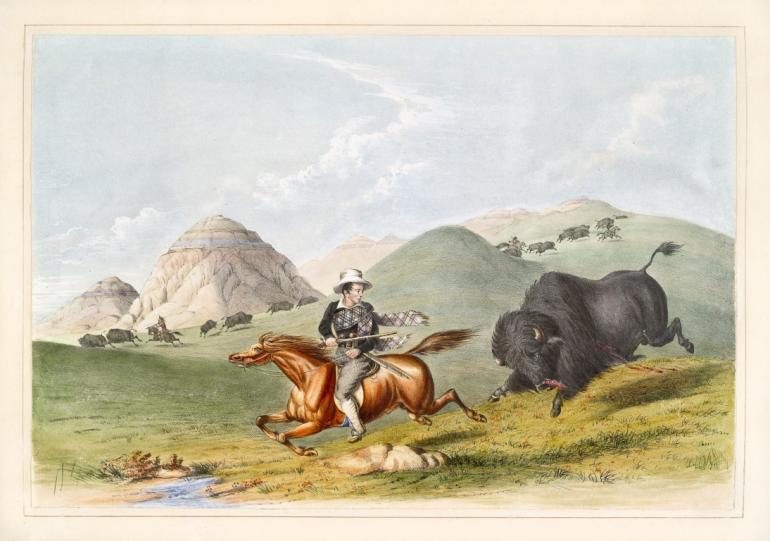
There are plenty of ways to live in Montana, and lots of good reasons to do so. But this article isn’t about that. If you’re the adventurous type, then vaya con dios, fellow traveler. But if, like me, you are a coward instead—and I’m a genuine quakebreech, a bona fide invertebrate—then you might want to take a moment and consider how, in addition to all those ways to live, there are just about as many ways to die in Montana.
Some aren’t so bad. They say freezing to death can be quite pleasant once delirium starts to set in. That is, pleasant enough at least when stacked up against nastier alternatives. We’re talking the real doozies. And since Montanans need little impetus to brag about the peculiarities of our state, the editorial staff of Distinctly Montana have prepared a very short list of the absolute worst ways to die here. Rest assured that we have pursued every veracity in the research short of trying them out ourselves, and such is the devotion of our writers that their reluctance to do so is founded solely in their wishing to continue working at the magazine for years to come.
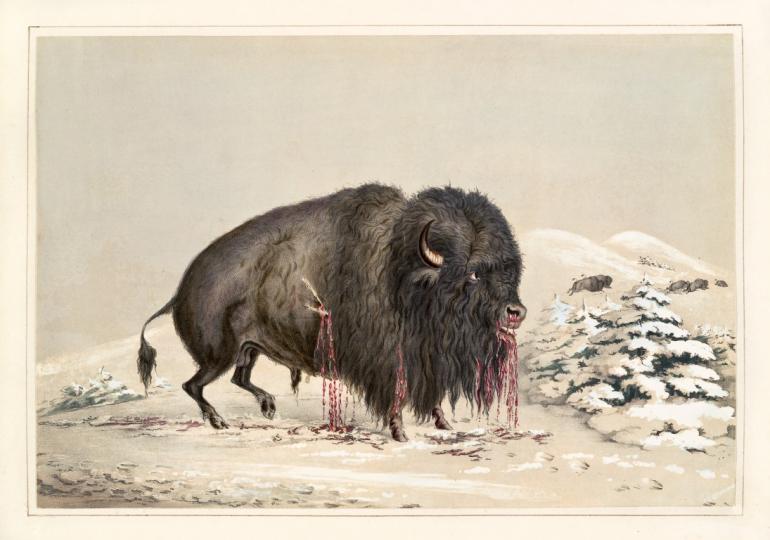
Torn to shreds by a grizzly bear.
Honorable mention: Gored by a buffalo.
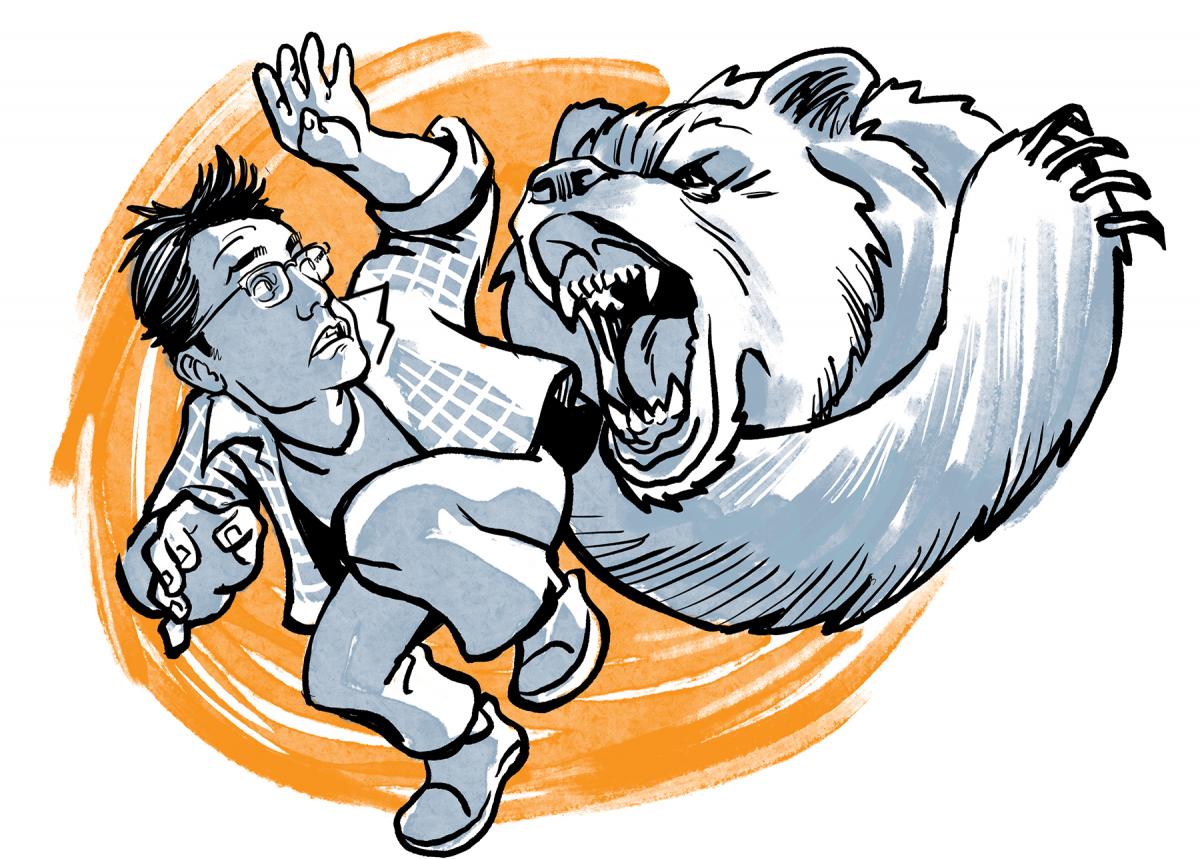
People are killed by animals all over this great country, but if you want to have holes punched in you by a majestic symbol of national pride and strength, well, then your choices are more limited. But Montana has you covered, because every so often some North American bison, ordinarily the image of placidity and stoicism, will, perhaps acting out a long-deferred revenge for nearly being scoured from the earth in the late 19th century, toss a tourist or two a dozen feet into the air. Or jam one or even two of their horns in between the ribs of someone trying to get a good photograph.
Now, if you get to have all 440 pounds of enraged mama grizzly bearing down on you, you’re really going to experience the Cadillac of wild animal attacks available to you on the continent.
Again, we readily concede that there are plenty of fatal animal encounters every year and in every state of the union. But the sheer variety of potentially hostile biomass that could theoretically kill you in Montana is unrivaled in the contiguous United States. Let California keep their infected coyote bites—in Montana we are killed by prehistoric behemoths.
Of course, should you wish to avoid that eventuality, there is one precaution you could take that will dramatically reduce your risk of confrontation with wild animals: stay indoors!
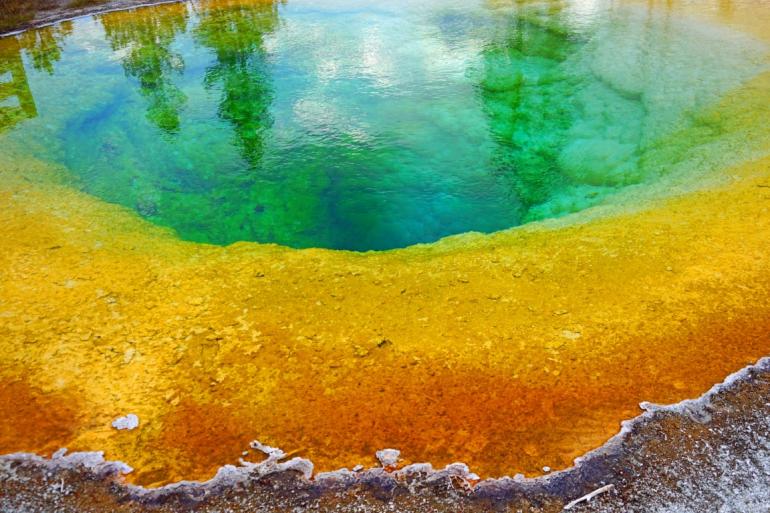
Fall into a hot pot
This one might just be the worst of the lot, owing to the extended and truly gruesome demises of those poor souls who have met their end this way.
The first human being to die due to the Yellowstone basin’s thermal pools has been lost to prehistory. But thanks to the exhaustive research of park historian Lee H. Whittlesey, author of the fascinating if frightening Death In Yellowstone: Accidents and Foolhardiness In America’s First National Park, we have several candidates for the first explorers of European descent to die following the 1870 “discovery” of the park. In 1871, photographer H. B. Calfee and fellow traveler Macon Josey encountered a panicked deer which had gotten itself stuck in a steaming thermal pool. In a kind-hearted but inadvisable attempt at rescue, Josey tried to free the deer and succeeded only in falling into the pool himself. While it took less than a minute for Calfee to find a way to help Josey out of the boiling water, the damage was still extensive. Calfee attempted to carefully assist his friend out of his steaming pants and shoes, but he found to his horror that, in Calfee’s own unpleasantly vivid description, “when I pulled his boots and socks off the flesh rolled off with them.”
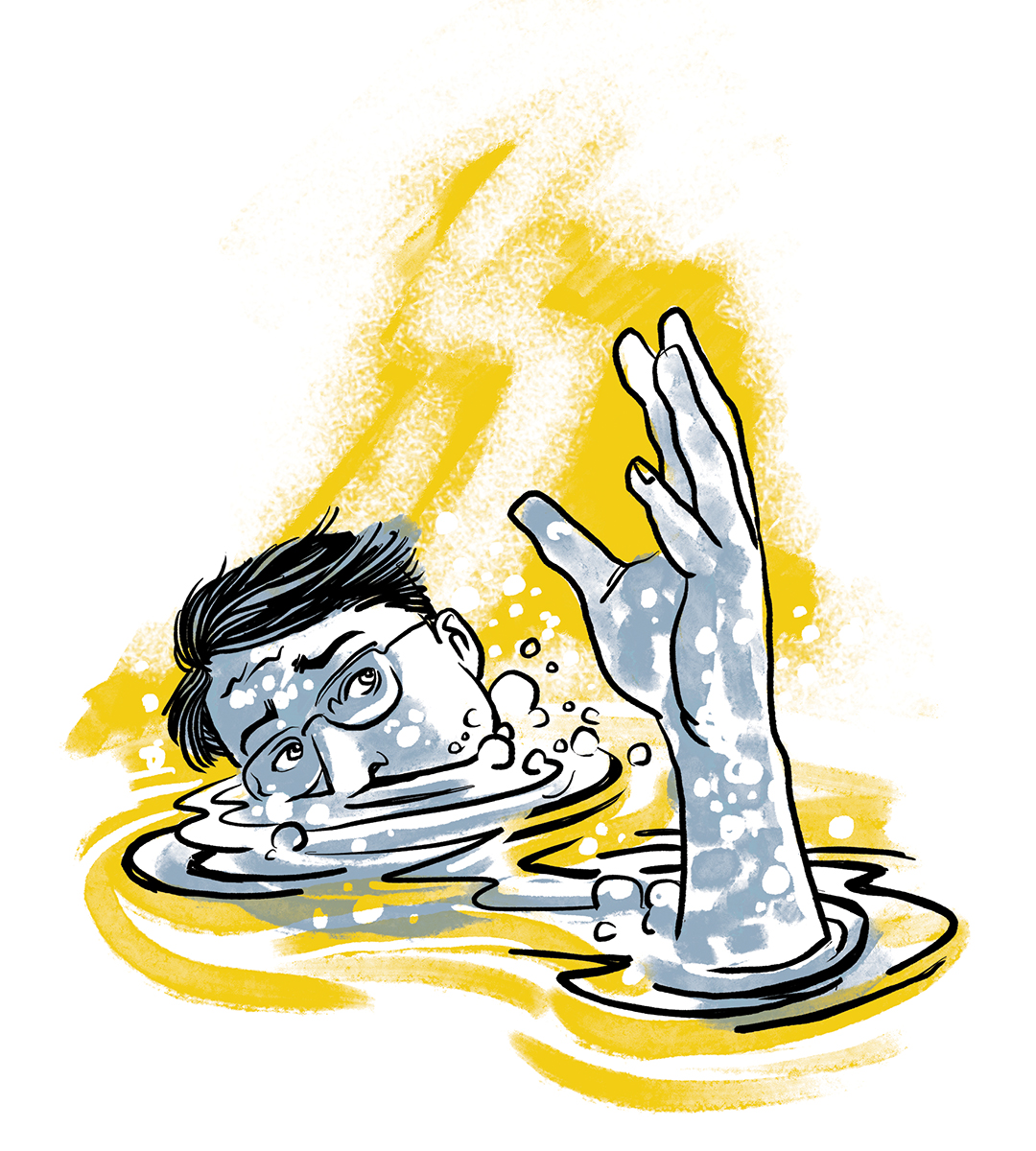
Calfee loaded his friend onto a makeshift travois and tried to make it to Bozeman. It remains a mystery whether they got there or not. But given that most people who have been even partially submerged in the hotter thermal pools, especially for as long as poor Josey was, did not survive longer than a few days and sometimes just a few hours after the accident, it seems unlikely that he went on to have a rich, full life.
Unfortunately, thermal injuries and even deaths persist to this day, due largely to failure to abide by the rules by keeping to the boardwalk in dangerous areas. So, if you wish to avoid being cooked alive in volcano-water, simply stay within the appointed boundaries, and be sure to keep animals leashed. Visitors to Yellowstone generally should remember that you are standing in one of the continent’s biggest volcanic calderas, and every second you aren’t being atomized by mega-explosions is special, and to be carefully savored.
But if you want to be extra careful, I repeat my suggestion from before: stay inside, and maybe draw the shades too.
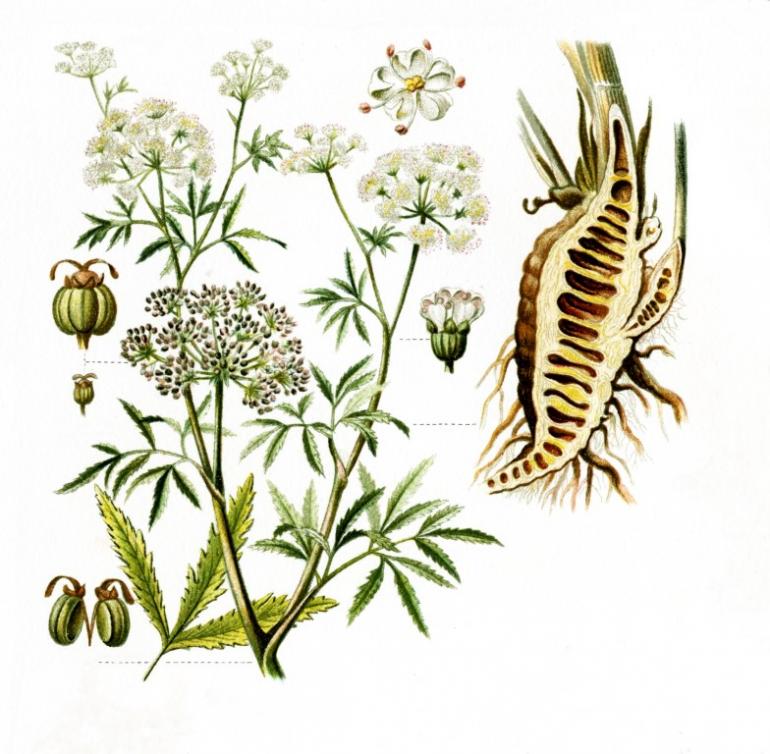
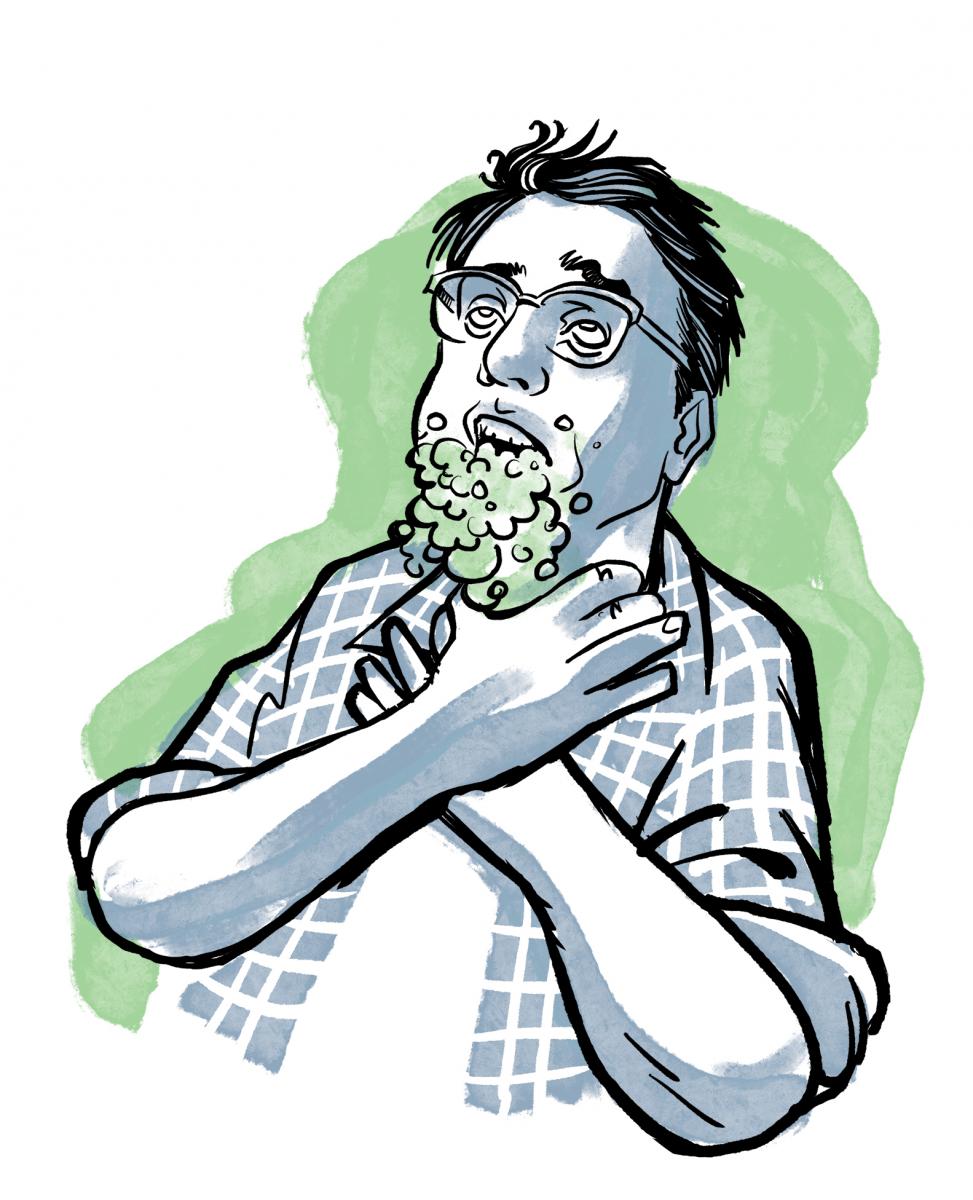
Eat the wrong parsnip
Go to any of Montana’s local farmer’s markets and you’ll have your pick of some of the tastiest, freshest produce you’ve ever had. But if you see anything that looks like a parsnip, you’d better get out your guide to Montana plant life and make damn sure it is a delicious, nutrifying parsnip and not water hemlock.
Because eating even a mouthful of water hemlock is liable to produce unpleasant effects, including nausea, vomiting, violent seizures and a persistent green froth issuing from the mouth.
In 1927 Yellowstone Park Ranger Charles Phillips was approached by his friend Mr. Bauer, the winter caretaker at Old Faithful Inn. Bauer had picked one of the plants in question, and asked the ranger whether it was good to eat or not. Phillips took it for roots often consumed by local Native American tribes, but he was mistaken.
Mr. Bauer and his wife woke in the middle of the night with bouts of nausea that left them unable to leave the house. But it was the next day, when Charles Phillips failed to show up that evening to listen to the radio with the couple, as was their habit, that they suspected something bad might have happened to Phillips. Because while Mr. and Mrs. Bauer had only taken a bit or two of the little parsnip-looking things, Mr. Phillips had eaten two himself.
They found him on the floor of the ranger station, having hit his head on a table while falling, his body contorted as if still in the grip of the seizure.
Since it was the ranger’s taste for root vegetables that sealed his fate, the set of advised precautionary measures for this one remain simple: stay inside, keep those shades drawn, and don’t eat anything that isn’t a cheeseburger.
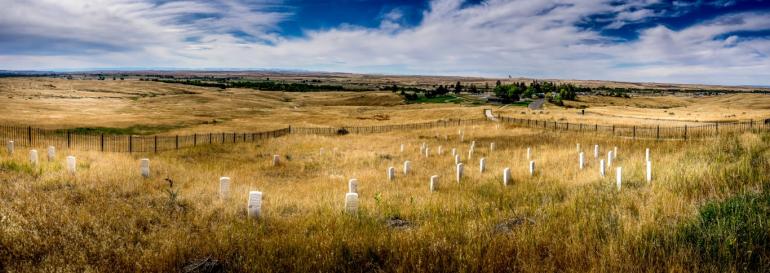
Disappear completely
You’ve probably seen the bumper stickers adorning seemingly half of the cars and trucks around here. Green, shaped like Montana, they contain only two words of text: “Get lost.” It’s a nice idea, to lose yourself in the exploration of Montana’s treasures. But you probably ought not take it as an imperative.
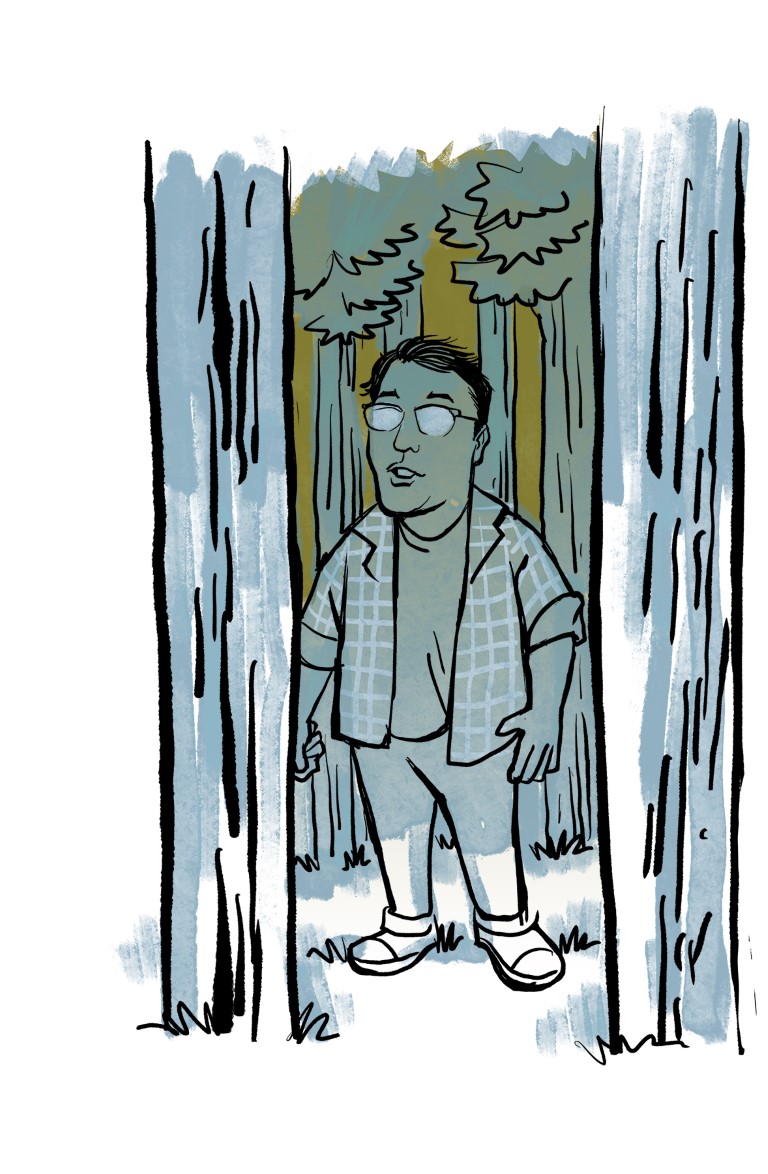
Because the sad truth is that people do get lost here. They have for hundreds of years, and all too many of them are never found. In 1966 Susan Pearson became one of them. A doctoral student through the University of Oregon and part-time teacher at U of M, Pearson was a hard-working academic with no discernible reason to abandon her life. On March 12 she visited a friend named Susan Price, who reported later that Pearson seemed different, more nervous and evasive than usual. The next day her car was found abandoned in Missoula, with a driver’s license, keys and purse inside. Back at her house investigators discovered that she had left a kettle boiling on the stove. She was scheduled to turn in an essay later that day but, sadly, that appointment was never met.
Pearson’s family hired a private detective to find her, and despite her friend Susan’s memory of Pearson having mused about the possibility of leaving and starting a new life somewhere, nothing of her has ever been found since, making the bizarre disappearance of Pearson one of the state’s oldest cold cases.
The only defense against something like this happening that I know of is similar to the advice already proffered: stay inside, don’t touch or do anything, shut your eyes tightly and focus on not disappearing. Good luck out there. It is a big, scary state.

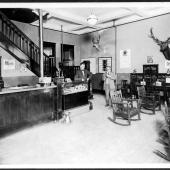








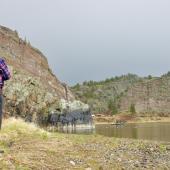
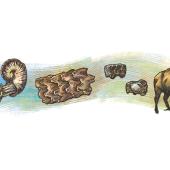

- Reply
Permalink